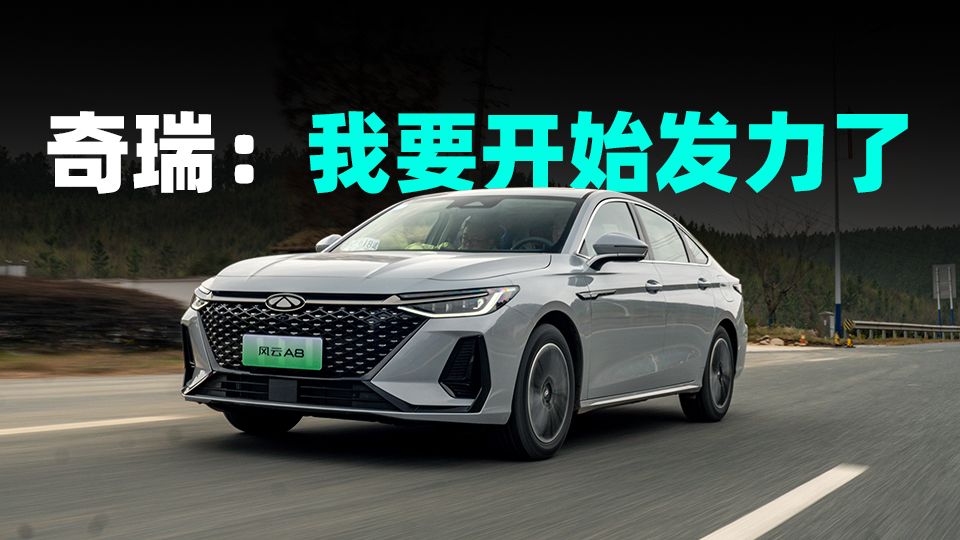In 1999, the first sedan “Fengyun” produced by Chery rolled off the line, breaking the dominance of joint venture brands. It became a choice beyond the traditional top three domestic products of the time. This marked the beginning of Chery’s autonomous car-manufacturing journey and later served as the starting point for Chery’s overall vehicle exports overseas. Today, Chery, being a “Nerd” in the automotive industry, has been on the path for 26 years. The once famous model – Fengyun, has also transformed and become a part of Chery’s brand new new energy series. The glorious “Fengyun” has been endowed with a new mission in this new energy era.
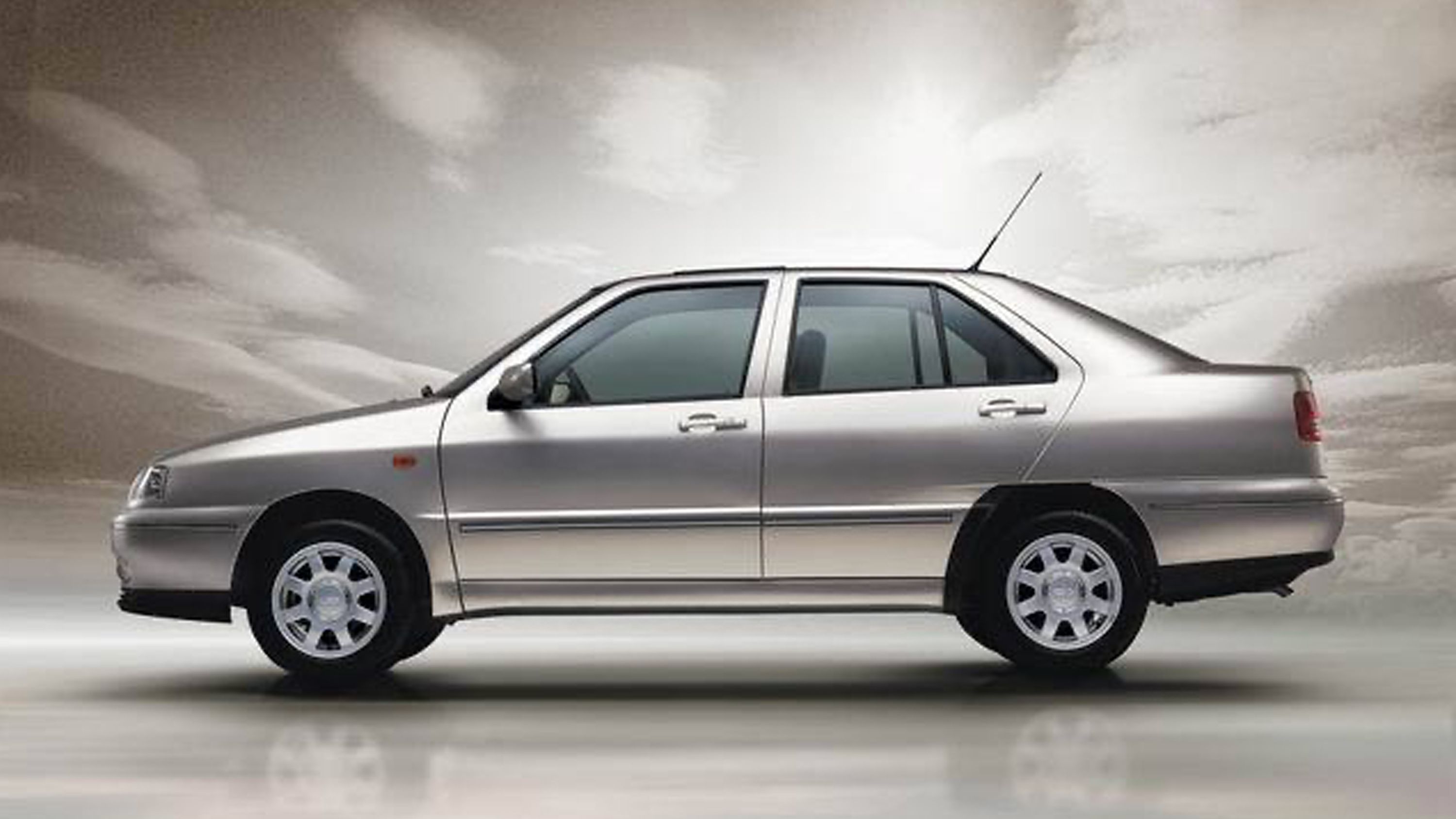
Although Chery established a new energy company as early as 2010, it missed the tide of new energy development in China. The total sales of Chery Group reached 1.6656 million vehicles in the first 11 months of 2023. Among them, the proportion of new energy was only 16.7% from January to October, only about half of the domestic new energy penetration rate, far behind the overall market. Chery has also realized this problem. After consolidating overseas sales, it has started to focus on the domestic new energy market. At the previous “2023 Chery Technology Day”, Chery announced the launch of 24 Super Hybrid 3.0 products and 15 E0X pure electric products in the next two years. The focus will be on pure electric and hybrid mainstream product lines, catching up with competitors through technology investment and a wide range of product lines.
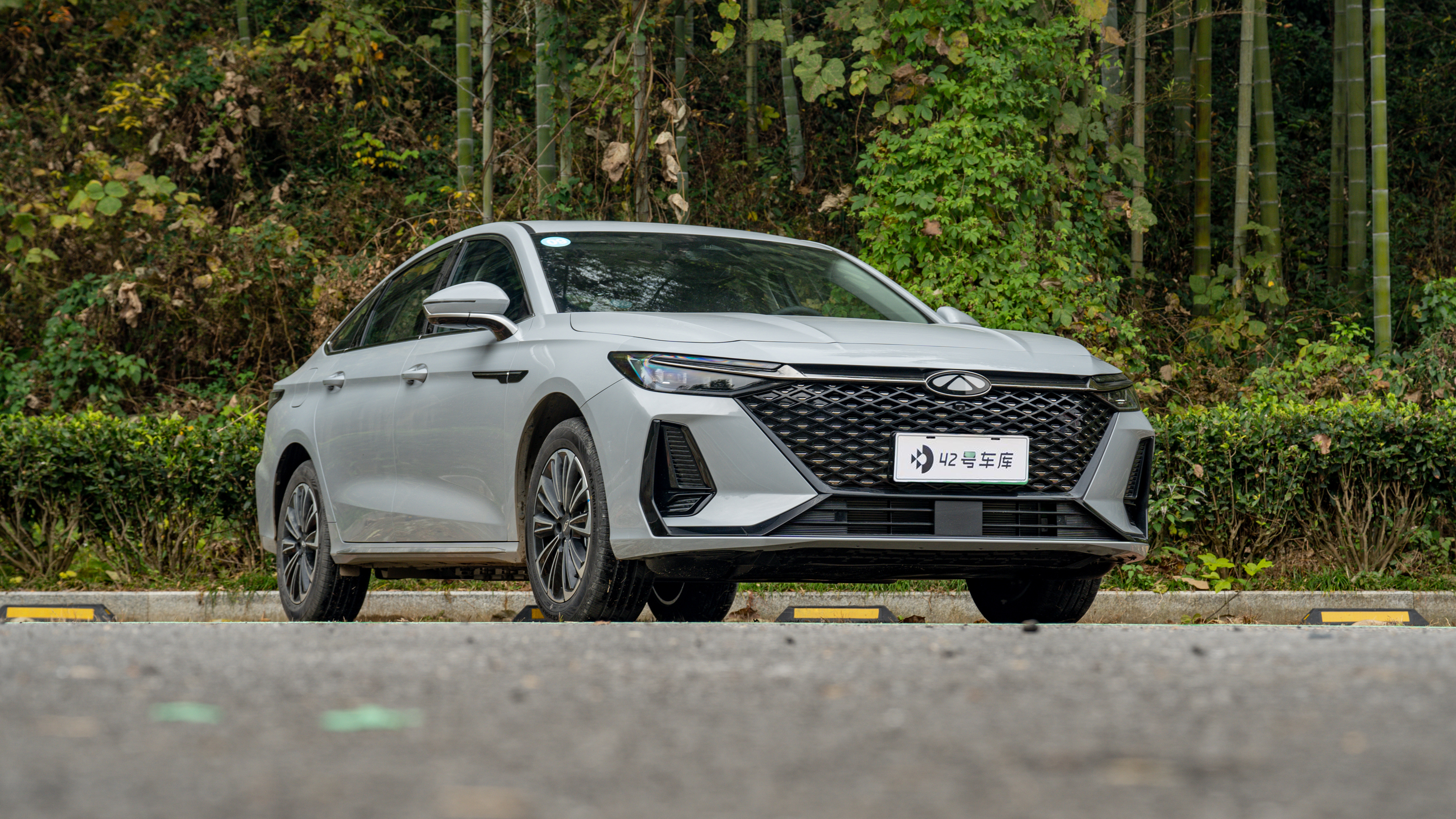
We have already tested the products of Chery’s E0X pure electric platform, EXEED Star Chronicle ES. That car has demonstrated significant competitiveness in hardware. However, the pure electric market has already rocketed into the sky. On the contrary, the plug-in hybrid market has maintained a significant growth rate, thus the task of growing Chery’s future new energy sales undoubtedly falls on the Chery Fengyun A8, which we test drove this time.
Ignoring details, it’s an “Arrizo 8”
As the first model in the Chery Fengyun series, although named A8, once you see the actual vehicle, you will realize that it is actually a plug-in hybrid version of the Arrizo 8. There isn’t much change to the exterior compared to the Arrizo 8, except for some minor details such as adopting a new logo and adding fast and slow charging ports on the left rear side. The overall Fengyun A8 still leans towards a youthful, sporty style. For instance, the large black grille and the chrome trim pieces that run across the car are dark, catering to elements that young people prefer.

Although the A8’s positioning is a compact car, its dimensions are not compact at all, with a length of 4780 mm, longer than the Qin PLUS and comparable to the Galaxy L6. What it really has going for it is the wheelbase of 2790 mm, which takes a step into the threshold of class B vehicles. Such a body size also brings good interior space. Even a tester who is 180 cm tall can have two-fist legroom in the back seat, a performance that is more than sufficient for typical family use. Additionally, the driver’s seat in the model we test drove has a seat ventilation function, although it’s likely exclusive to the top of the range version.The interior of the car continues the design of Arrizo 8. However, the extensive leather coverage combined with the wood-grain decor enhances the visual sophistication. But, the wood-grain panel seems a bit out of sync with the youthful sporty exterior, a dark grey or alternative designed panel would likely fit better. However, a thing to appreciate about Cloud A8 surpassing many hybrid fuel cars from the same platform is the removal of the start button. Simply fasten your seatbelt, press the brakes and the car is started, offering an experience closer to an electric vehicle and saving the trouble of ignition.
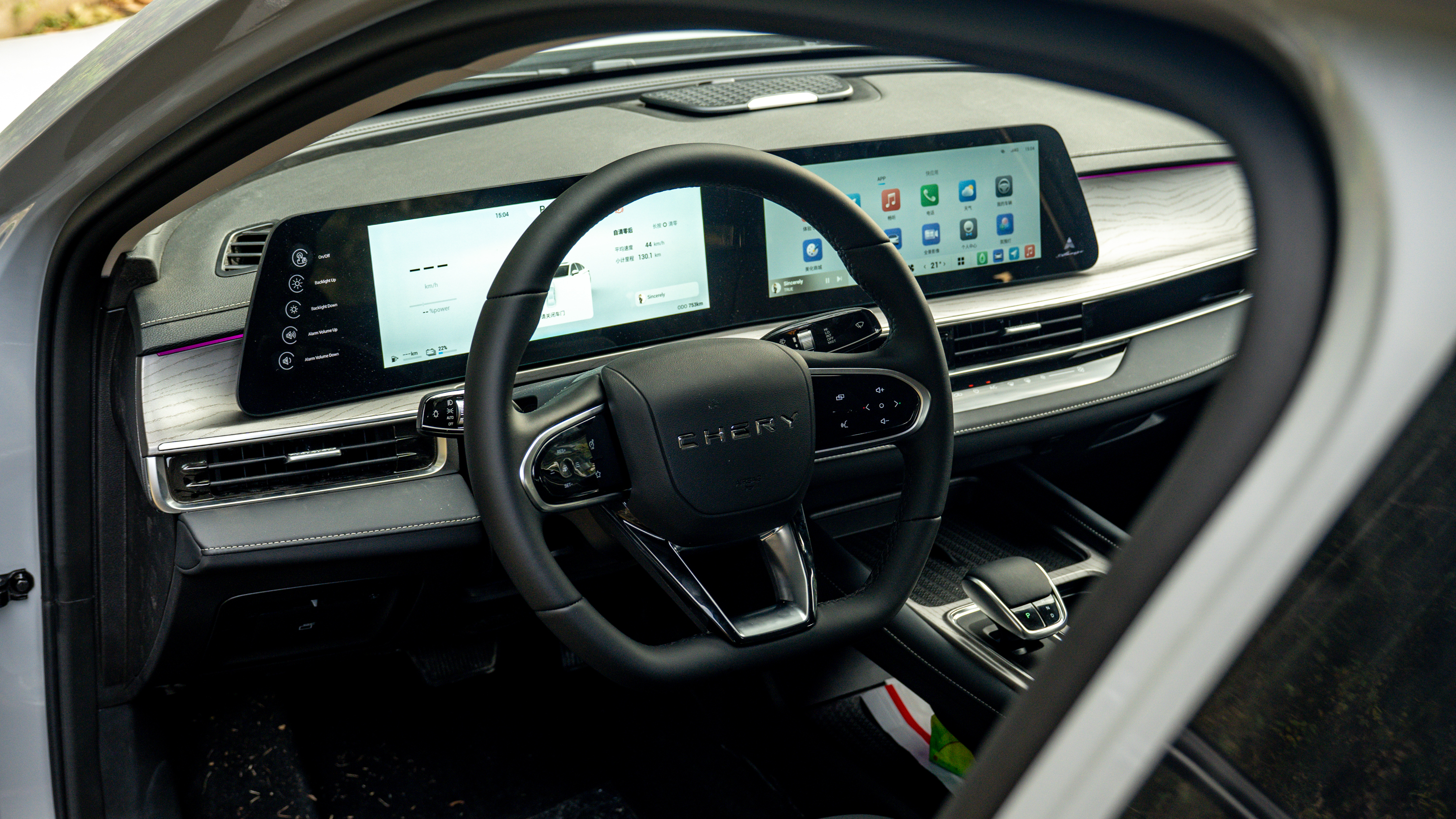
Inside the car, the ambient lighting feature adds a sense of luxury. The visual effect in dim light is quite appealing. An interesting feature in Cloud A8 is the integration of blind-spot warning and door-opening warning lights into the speaker covers on the doors. The outer ring of the speaker turns red if a vehicle is approaching from behind. Yet, it could easily go unnoticed in actual practice, providing an auditory warning would enhance the feature.
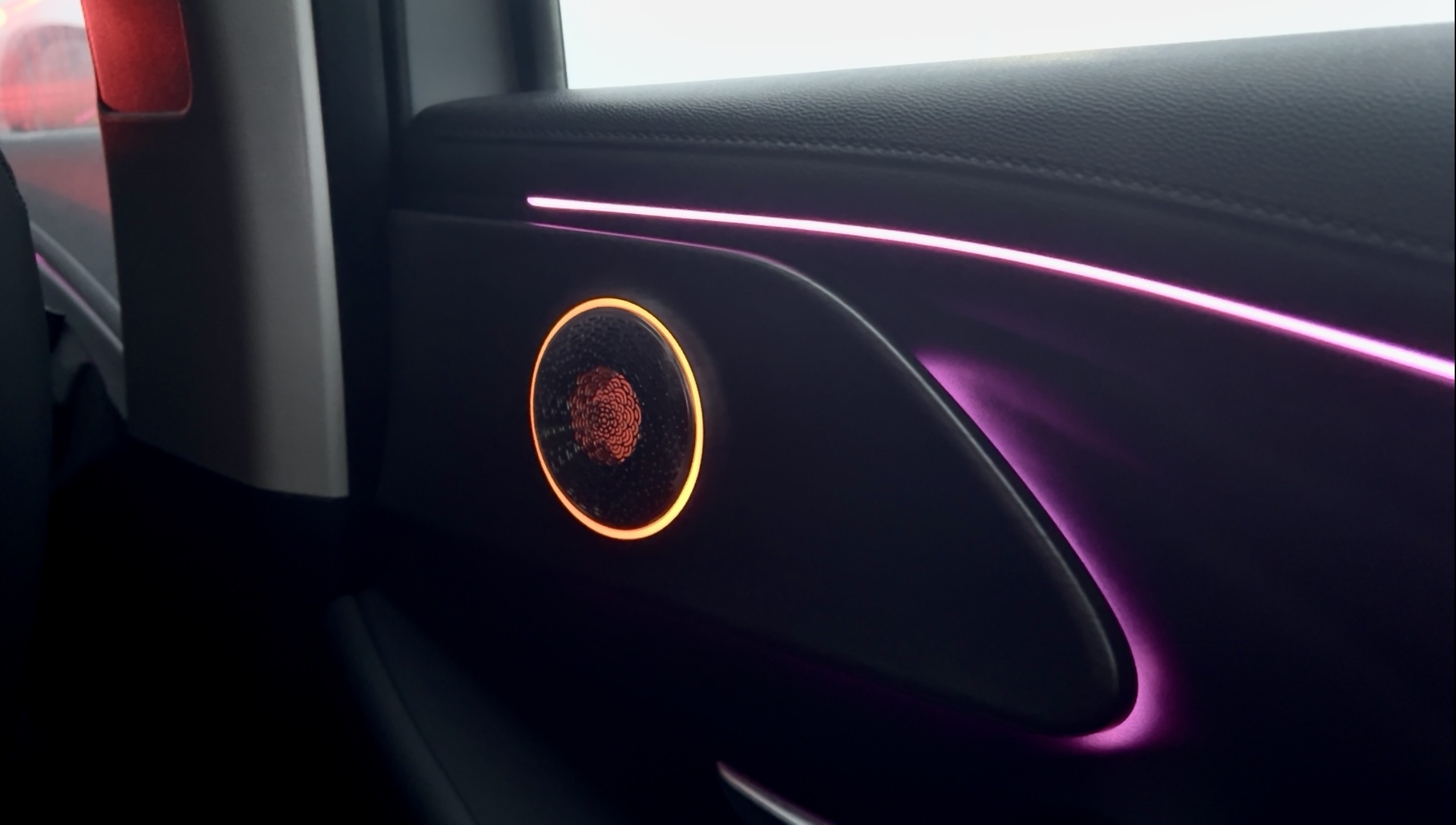
Powerful but requires UI enhancement
The two 12.3-inch dual-connected screens inside the Cloud A8 draw quite a lot of attention. Powered by the popular Qualcomm 8155 chip, the interface runs smoothly. Though the screen resolution isn’t very high, implying a less refined display effect. The Chery Lion 5.0 system is built into the vehicle. The main interface is wallpaper with a DOCK bar at the bottom, providing clarity in use. The protruding middle console at the edge of the screen makes it difficult to press the DOCK bar.

The UI is an issue still, it’s overly cluttered. Specifically, finding functions in the secondary and tertiary menus can be a challenge. For instance, entering the auxiliary driving settings, all the functions are piled up without any reasonable categorization, and the terminology isn’t clear either. Another problem is that the feature rollback utility is hidden too deep, causing a rather high learning cost for this system.
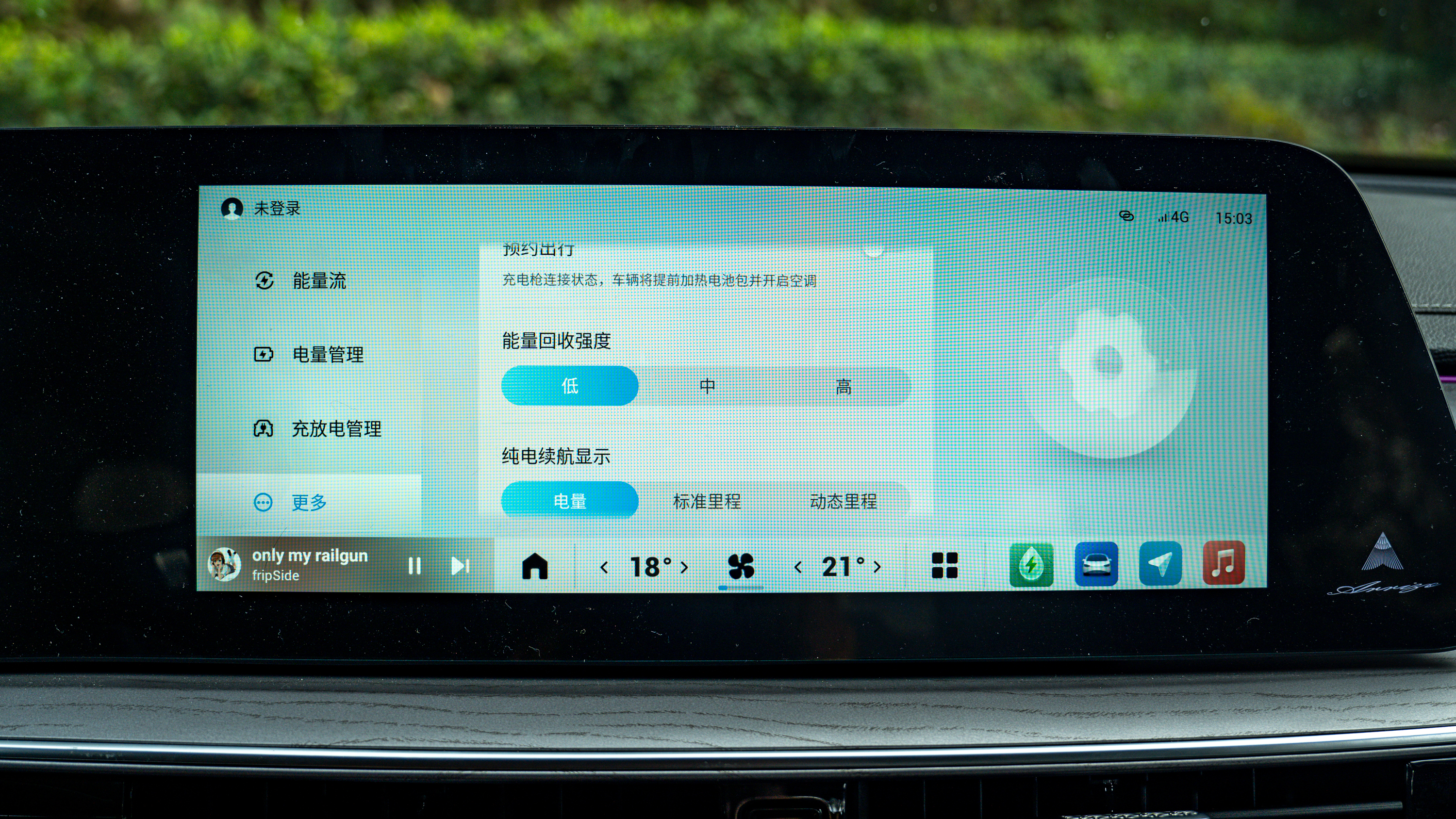
The voice function, possibly due to cost limitations, supports only the driver’s wake-up command. However, the voice experience is decent, supporting multi-order and continuous conversation, the command execution speed is relatively fast. But the inclusion of copilot sound areas would have greatly enhanced the experience. Additionally, the application offerings are limited, just having iQiyi and Volcano Car Entertainment for media apps. On the bright side, it supports wireless CarPlay, alleviating much of the infotainment system issues to a certain extent.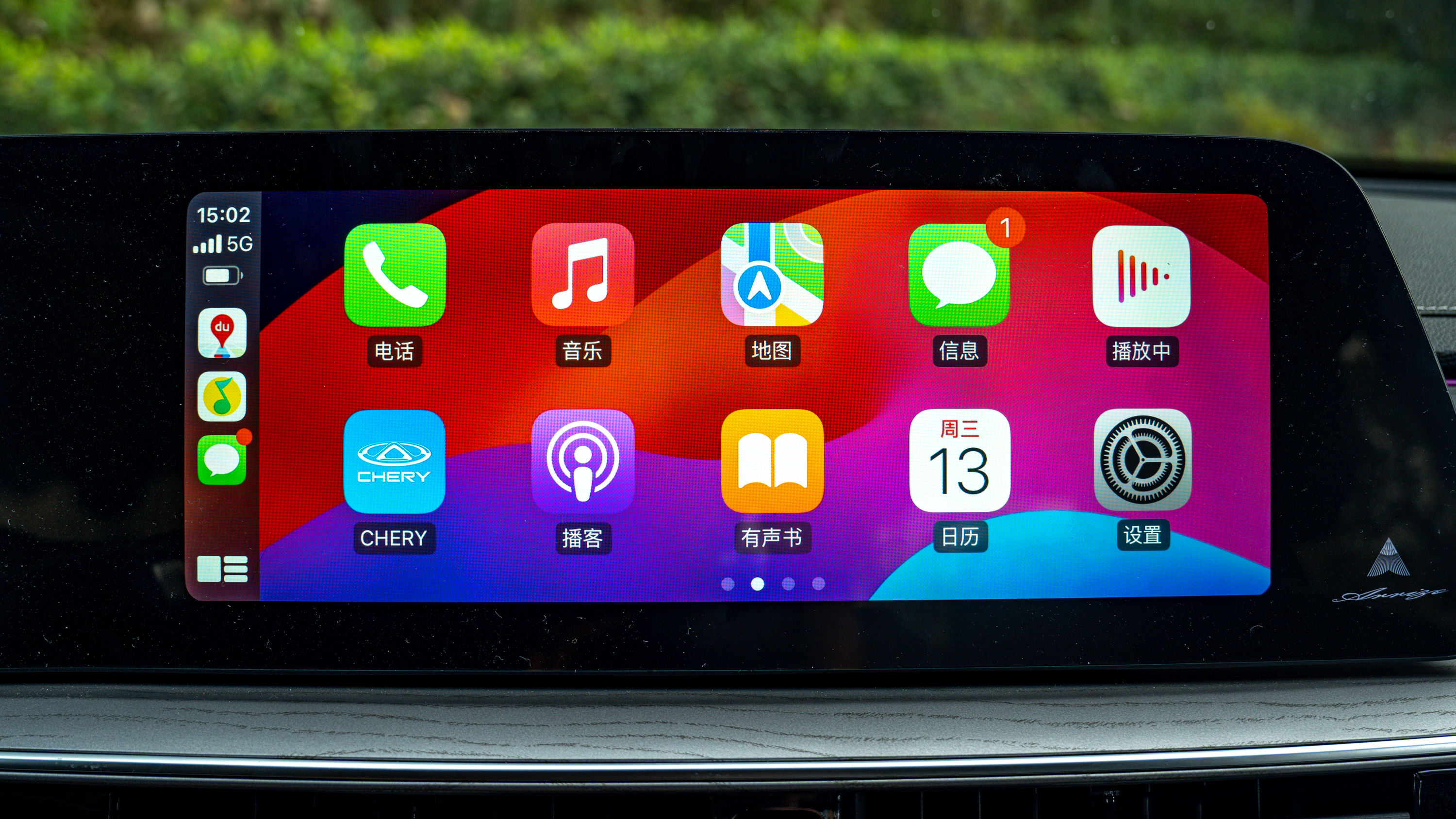
Impressive Energy Efficiency and Outstanding Chassis Feel
On this test drive event, Chery exhibits great confidence in the energy efficiency of the Fengyun A8, specializedly choosing the national highway as the test drive route. The unique C-DM hybrid system equipped in the Fengyun A8 is a combination of a 1.5 T engine with P1 and P3 motors, all coupled with a single-speed transmission. The engine offers a max power of 115 kW, the motors produce up to 150 kW, coupled with a 18.3 kWh lithium iron phosphate battery, the electric-only range goes up to 106 km. It also supports fast charging and 3.3 kW of external power outputting capabilities. The battery capacity of the Fengyun A8 stands out against Peers like Qin PLUS and Galaxy L6, with the electric-only range being slightly less, not significantly different overall.
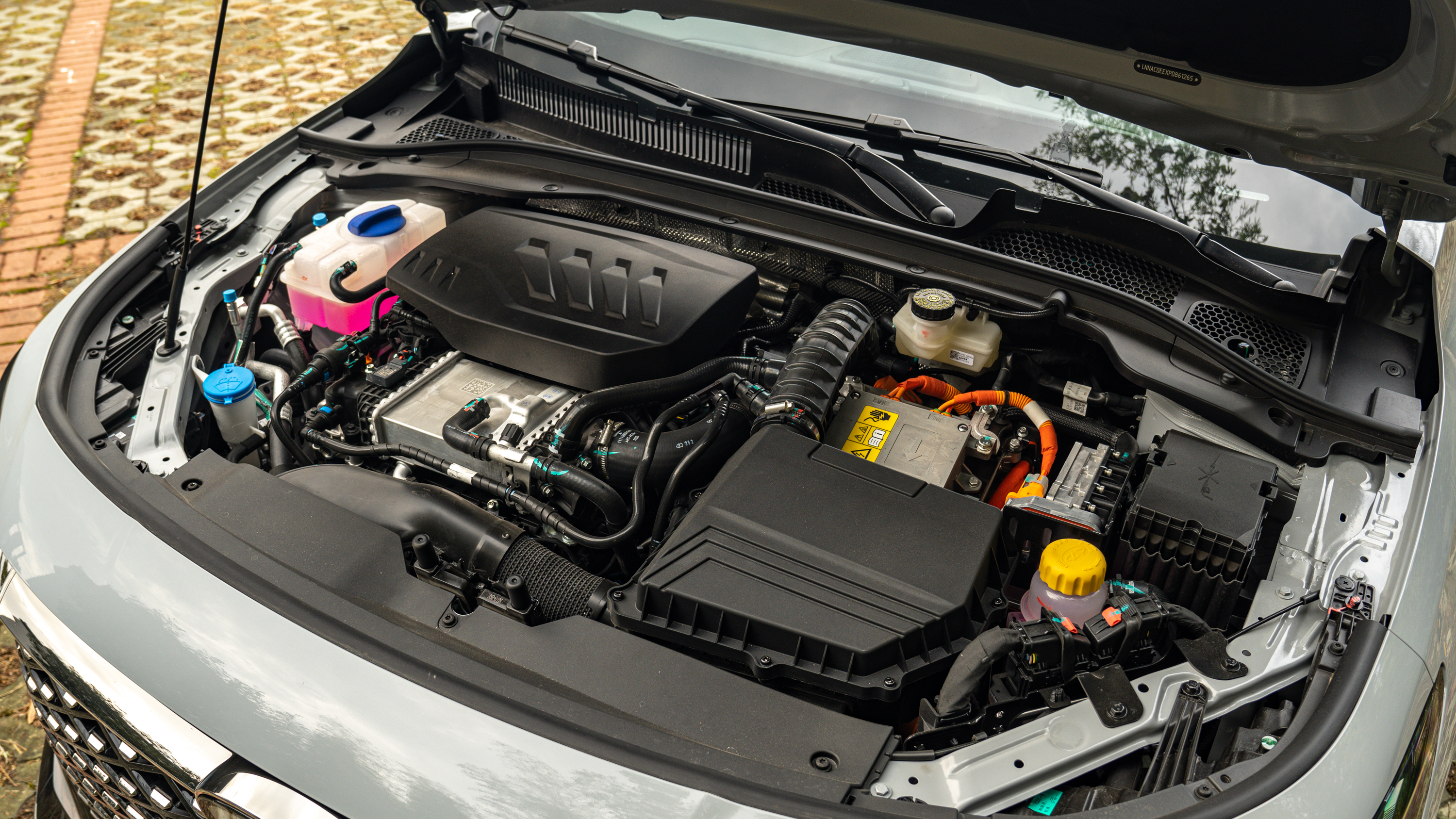
The Fengyun A8 offers two power modes, specifically EV (Electric Vehicle) and HEV (Hybrid Electric Vehicle). As the name suggests, the vehicle relies solely on the P3 motor during EV mode, however, when battery power drops below 25%, the system automatically switches to HEV mode. In EV mode, the 150 kW motor provides ample power, whether for initial acceleration or mid-course speed boosts, it has impressive power output.

Beyond electric capability, even under low battery conditions, thanks to the 1.5T engine, this car still demonstrates a good performance. During the return, there was a high-speed section with a speed limit of 120 km/h. After test driving its acceleration ability, within the legal speeding limit, the car showed no signs of power faltering. Subsequently, the engine engaged seamlessly, with negligible shake and noise, hardly noticeable without particular attention.
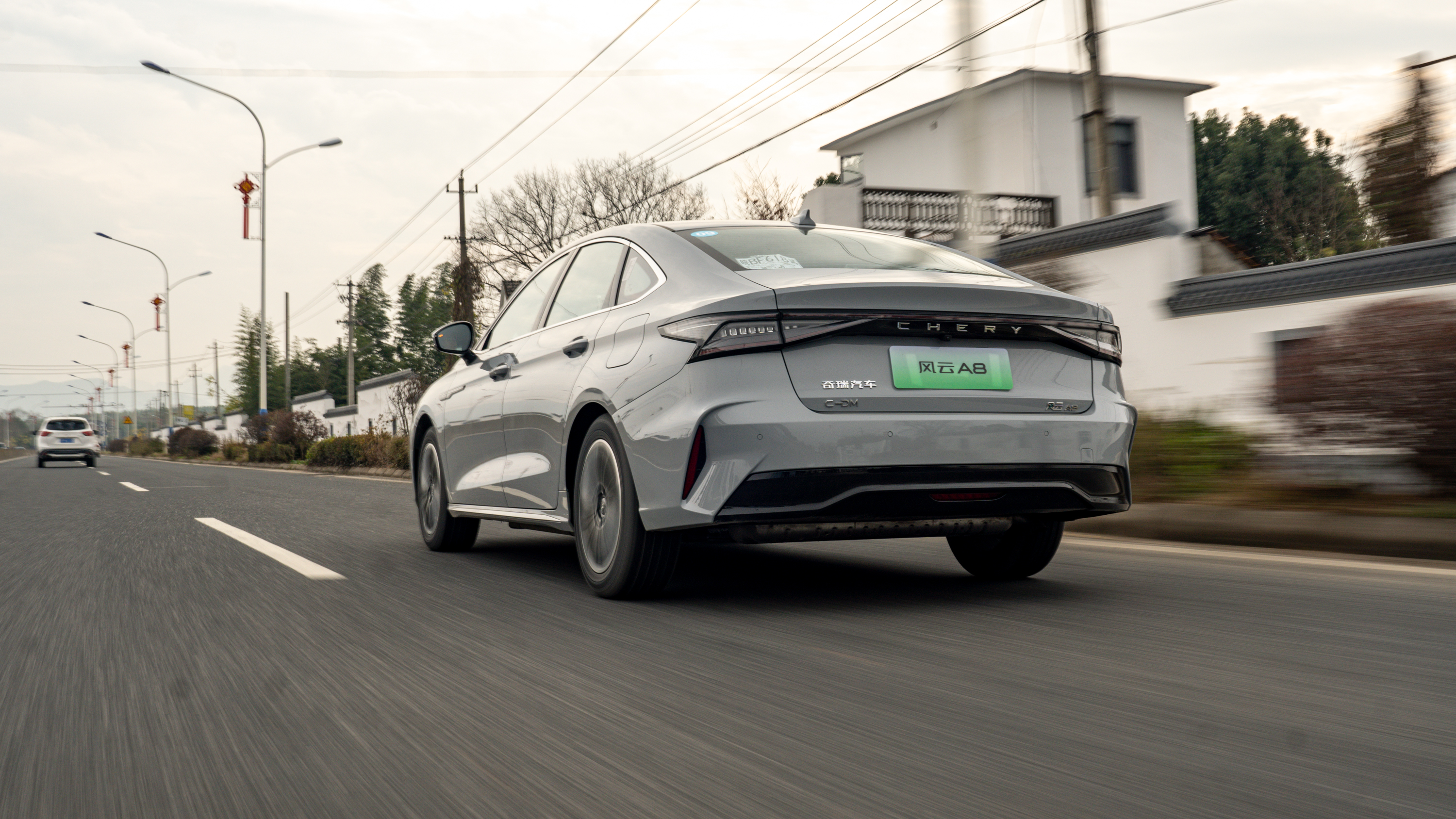
Now, let’s talk about the energy efficiency. Although our dynamic test drive involved a lot of rapid acceleration, and lengthy idling, which isn’t very eco-efficient, from another perspective, if it performs well under these conditions, it would undoubtedly do well during regular driving. On this occasion, we drove approximately 200 km thereabouts. At the end, our electric power consumption was 15 kWh per 100 km, with a fuel consumption of 4.5 L per 100 km, just slightly higher than the official fuel consumption. The performance was commendable. Presumably, taking a leisurely drive could get results on par with fellow media.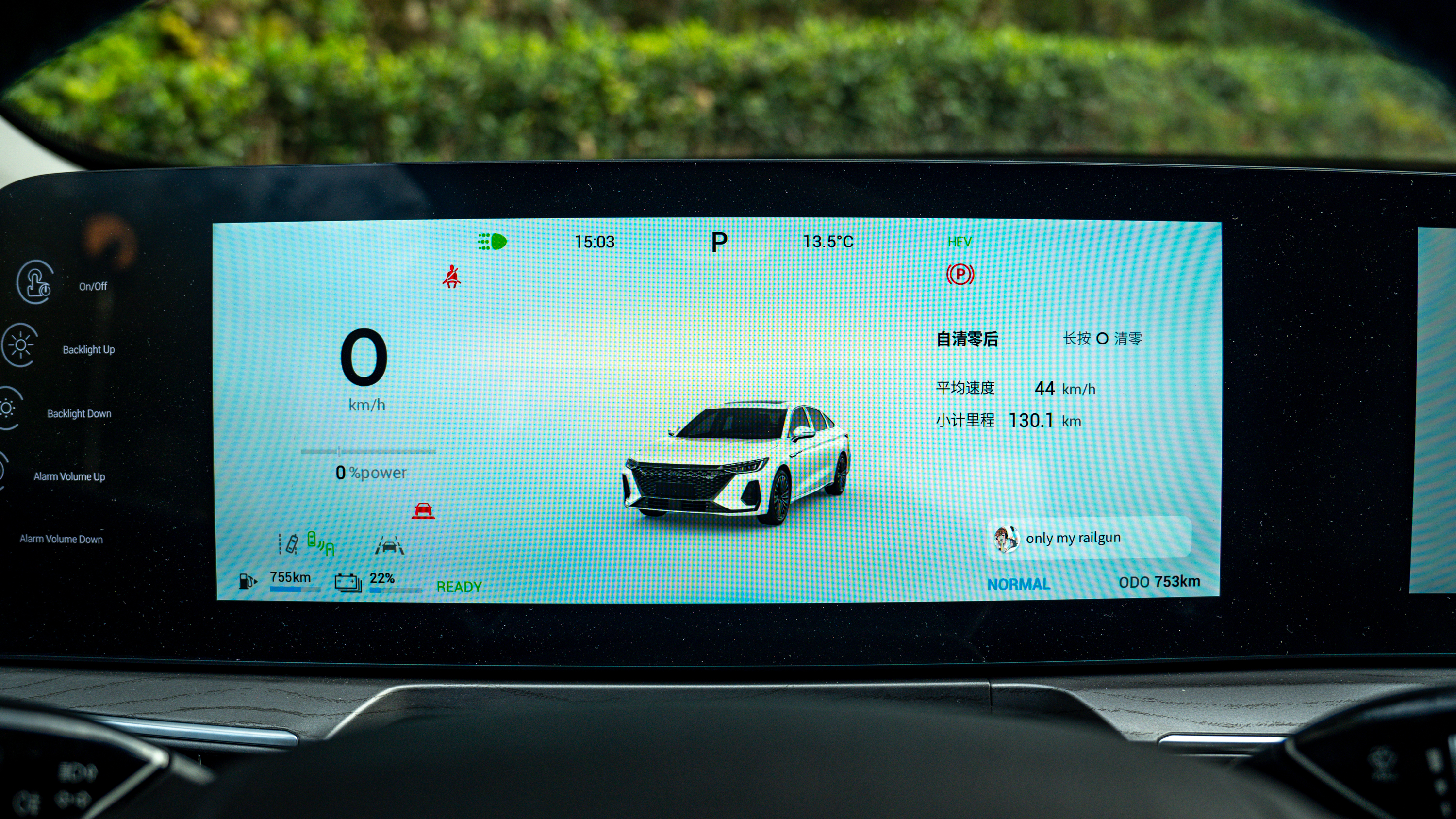
Surely, if you lust for exceptional power performance, this car may disappoint as it is essentially a domestic car with a zero to a hundred acceleration capability of approximately 8 seconds. However, the A8 Chery has a linear power output, which allows fine-tuning of speed through the pedal control. Compared to the throttle, the energy recovery setting on the A8 is average. Although there are three available adjustments – light, medium, and heavy, the intensity of the first two is weak, and when switched to heavy, there’s a delay in the energy recovery deceleration, thus making control somewhat tricky.

Relative to power, the aspect of the A8 Chery that impresses me the most is its chassis. Despite the alterations for accommodating the battery and fuel tank, the suspension from the multiple link of Arrizo 8 is changed into a torsion beam. The driving experience feels well-rounded and during bumpy rides, the suspension springing back resiliently provides a clean filter. However, the compact suspension tuning comes with a downside—it feels somewhat rigid during larger bumps. Nonetheless, the suspension performance of the A8 Chery is relatively high within its category.
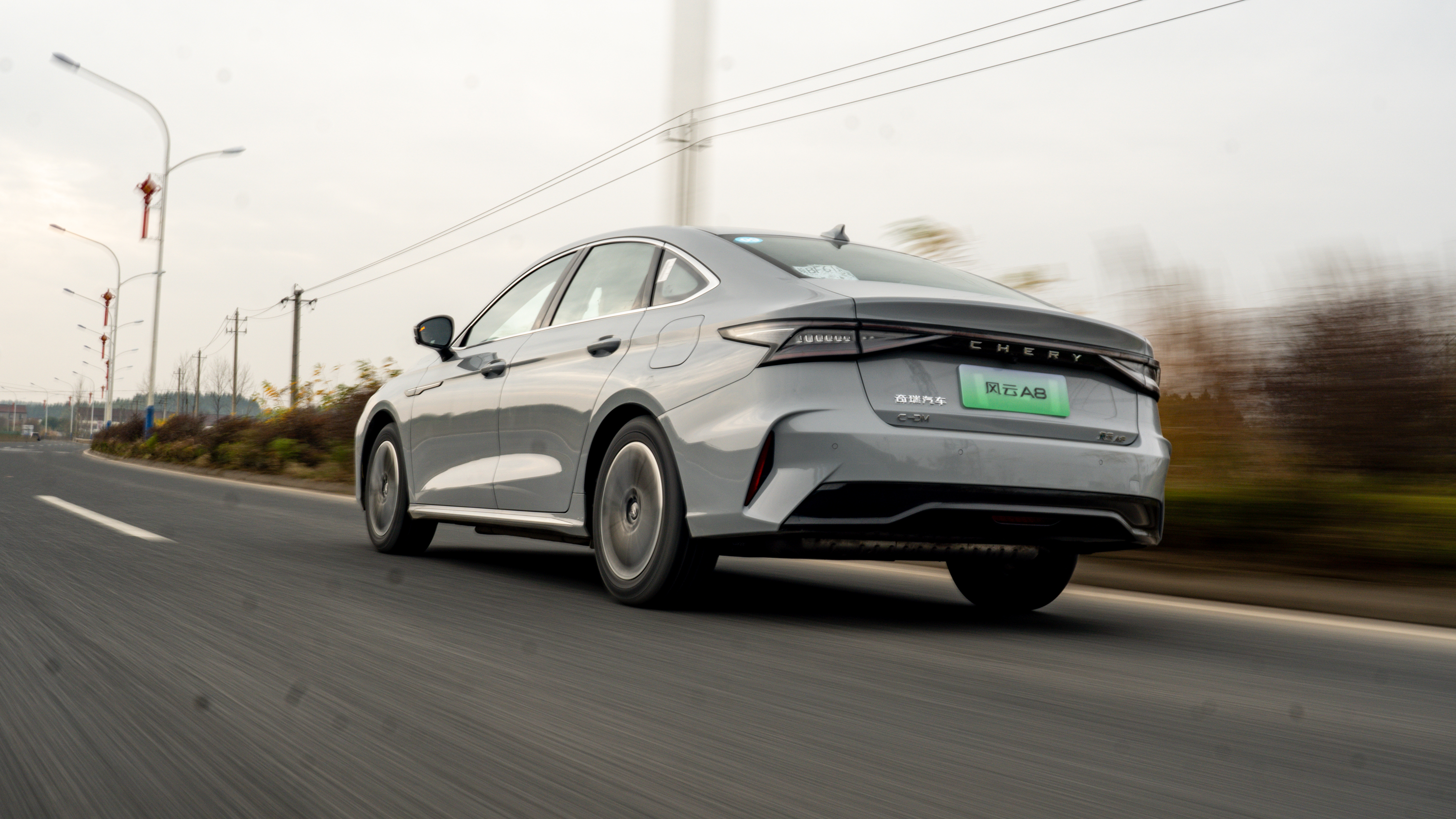
The A8 Chery has an interesting system of initiating the auxiliary driving. Just as I took the wheel and hit the national road, I decided to start the auxiliary driving. To my surprise, upon pressing the middle button on the left of the wheel, there was only cruise and no lane keeping. Despite my attempts to press it twice, there was no change. Only after consulting with the staff did I learn that it required a longer press to activate — a first encounter I must say.
Chery’s basic auxiliary drive system is called intelligent cruise. Once on, there will be a blue steering wheel logo on the lower left corner of the instrument. It excels in longitudinal control with comfortable acceleration and deceleration. The sideways adjustment primarily deals with centering. Due to the absence of ramp sections during my drive, I didn’t experience it, but centering on regular lanes seemed quite satisfactory without any swerves. However, the A8 doesn’t feature lane change signaling.

In Conclusion
Overviewing the domestic market for plug-in hybrid vehicles, they continue to record fast-paced growth. Although Chery came in later, it’s a testament to the adage—you are never late for a good meal. As long as a tough product is presented, it’s possible to tear off a piece of cake. As evidenced from the previous tech day, we can sense Chery’s determination. Hard-nosed products such as Super Hybrid 3.0 and E0X Pure Electric platform are hitting the road, confirming Chery’s commitment to catch up with the development of the domestic new energy market through massive technological and product input.Turn your attention to the Chery Fengyun A8. Compared to the time of the Arrizo 8’s release, it has indeed arrived a bit late. Thankfully though, its inherent product strength is not bad. The C-DM hybrid system is equipped with a large 18 kWh battery, which operates in conjunction with a 1.5 T engine and a P3 motor. While retaining commendable power, it still manages to maintain low energy consumption. More commendably, it offers a decent feel at the driving level.
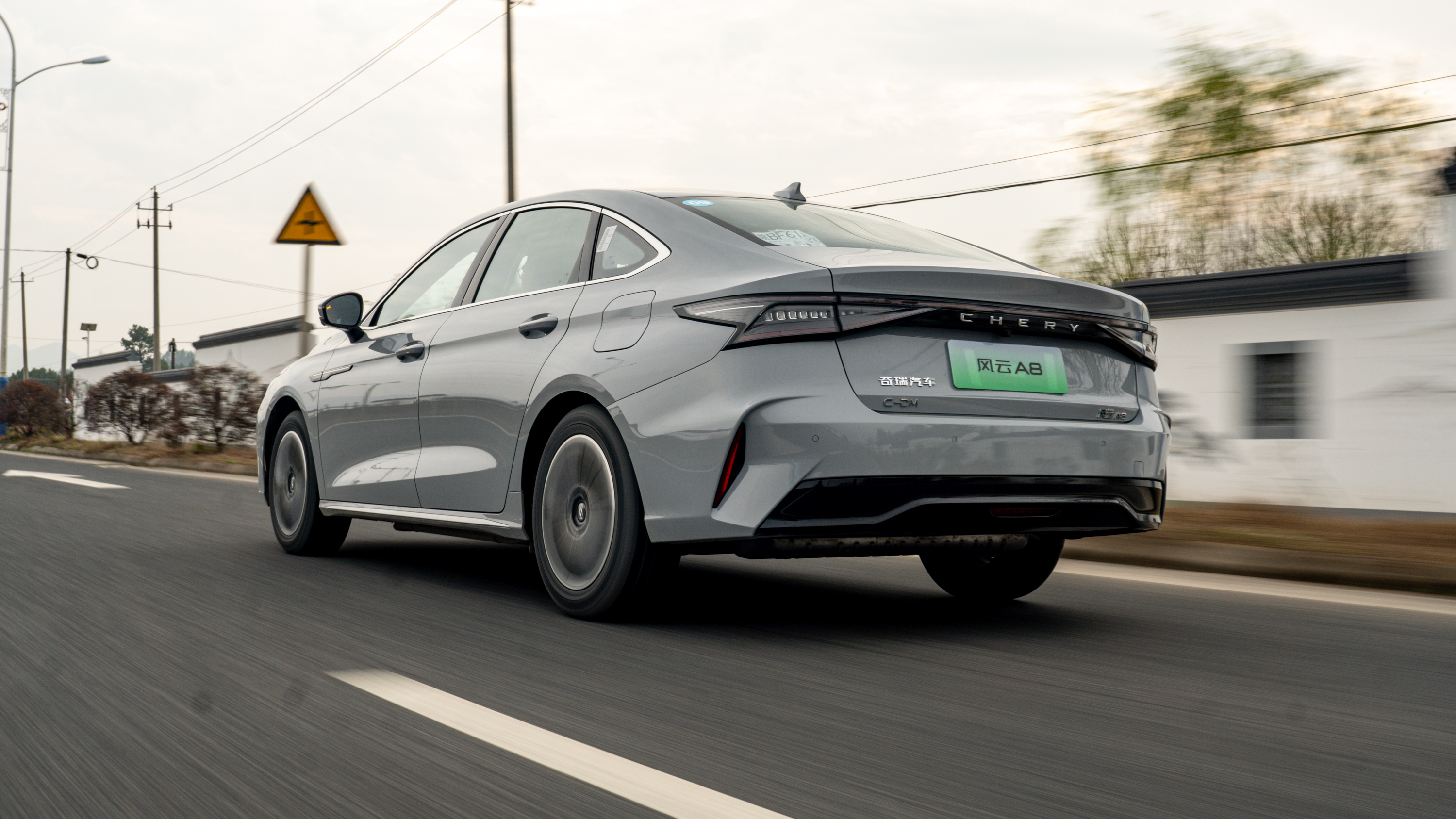
However, given that Fengyun A8 is a latecomer, gaining attention in the marketplace hinges on the price factor. The entry-level retail price of Qin PLUS has already dropped below 90,000. Fortunately, Chery has foreseen that and countered it with its pricing strategy. The offering price for the large battery version is expected to be around 100,000, creating a price gap of about 20,000 with its competitors. They are also planning for a model with a smaller battery that should hit the market soon. This shows that Chery is not fighting this battle unprepared. However, the effectiveness of their strategy will only be apparent once the official price is set on January 3rd.
This article is a translation by AI of a Chinese report from 42HOW. If you have any questions about it, please email bd@42how.com.
